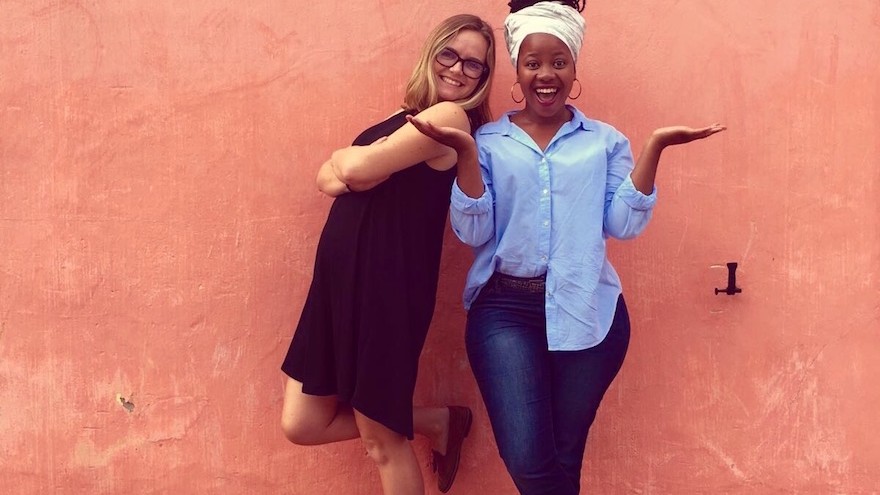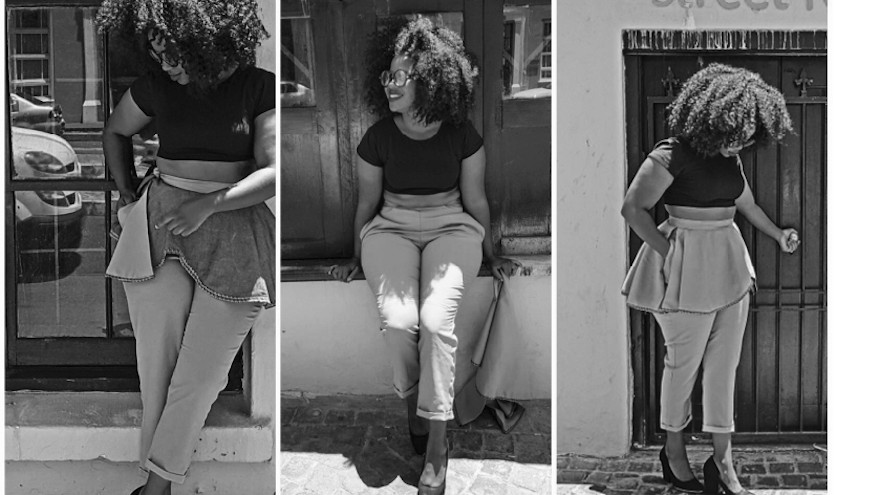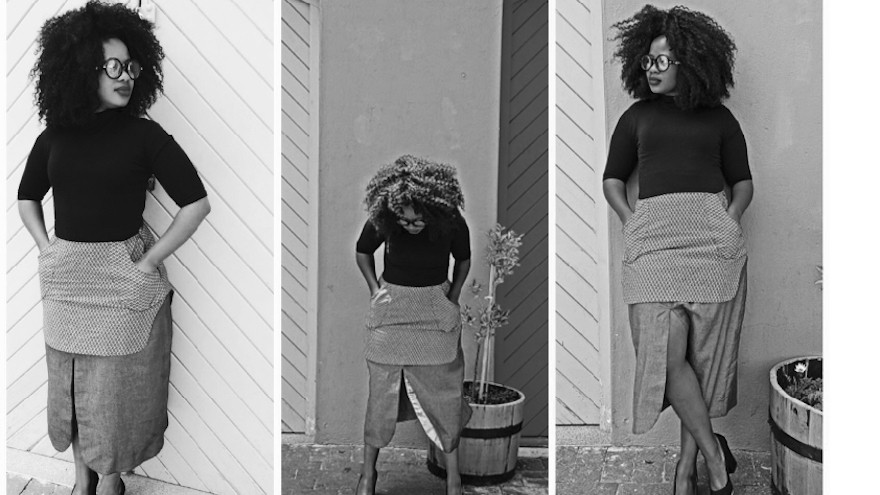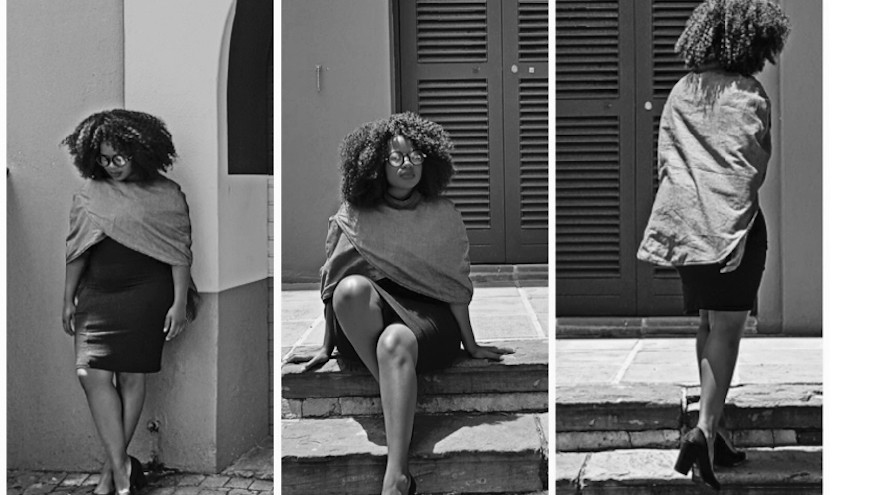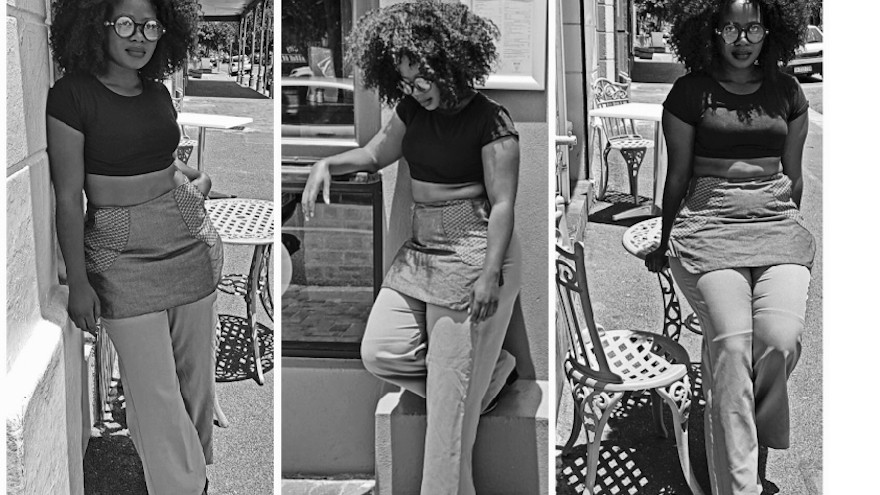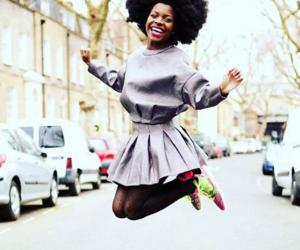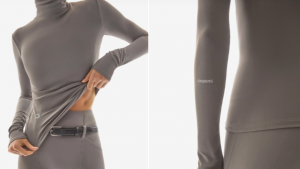Part of the Project
Two of our Emerging Creatives for 2016, Georgina Campbell and Cebisa Mafukuzela (the two creative minds behind CROSS.CULTURES), met working at a sustainable design consultancy firm in Cape Town. Despite their very different backgrounds and cultural influences, they quickly found they had common interests, and a design collaboration came about quite naturally.
CROSS.CULTURES engages with the similarities between global cultures and traditions through the medium of fashion and textiles. Both Campbell and Mafukuzela have architecture and design training, the influences of which you can see in their graphic patterns, and both have strong connections to their respective heritages. They are a proudly South African pair, and represent two of the many faces of their country, and are working together to explore the space where their two cultures intersect. CROSS.CULTURES is where traditional celtic textiles and Masai and Herero patterns collide. We talk to Campbell and Mafukuzela about their design project.
Where did the original idea come from?
The idea originally came from wanting to explore both of our vastly different cultures through textile and fashion design. Also we wanted to show how, although our cultures and backgrounds are very different, there are some interesting similarities.
Where did you two meet?
We met at our 9-to-5 job ironically enough, a green design consulting firm. Cebisa had noticed Georgina doodling often in meetings and conversations around how Georgina could design a print for Cebisa's fashion label began.
What is each of your creative backgrounds?
GC: I studied mechanical engineering (UCT), but always felt a draw towards more creative pursuits. I alway had creative side projects throughout my undergraduate studies. After graduating I then spent some time in Florence studying fine art before pursuing my masters degree in sustainable architecture in the UK (Architectural Association).
CM: I always knew I would end up in design some way or another. After completing my undergrad in architecture I spent a few years working in the industry while teaching myself how to sew and eventually launched a fashion label. I have always been a creative and define myself as a explorer within art and design, and believe there is no limit within the design space.
How does what you learnt at university inform what you do now? What skills did you learn that you use regularly?
GC: More than specific skills, my studies taught me the importance of developing confidence in your own voice through whatever it is that you create, furthermore having the opportunity to study abroad also helped me develop an appreciation for various cultures and traditions and how it is that these things shape our individual lenses through which we see the world. CM: If nothing else, architecture taught me the fundamentals of design and having that understanding of the process of creating and designing definitely guides the work I do today. Skills such as the ability to interrogate the merit of my own work and the ability to take criticism constructively is a skill I owe to my studies and my years in the industry.
Why fashion?
Fashion is a form of art that is accessible to anyone and everyone. Its something everyone interacts with on a daily basis when they decide what to wear to work, to a dinner, to lunch with friends. Although most of us do not take an active awareness of fashion as an art form, it is something that we are actively engaging with daily
What inspires you?
GC: A lot inspires me! Currently I am very inspired by the many young South African entrepreneurs I have recently met.
CM: Something new inspires me every few days sometimes every few hours. If I must pick one, I would reiterate what Georgina has said, all the young entrepreneurs that i have met and/or heard of. So many young people are just following their dreams, that is inspiring.
Will you explain the various cultural influences in your work?
The print designed by Georgina was heavily influenced by a traditional Celtic tartan print, while the garments designed by Cebisa take influence from traditional African dress from a number of tribes. Currently a lot of focus on Herero, Xhosa and Masai influences.
What form/shape do your clothes have?
A combination of structural and organic forms. Some pieces are very architectural and thought out and their form. Other items are designed to almost just fall as the fabric allows.
Where do you source your materials?
Currently I design with fabrics that are easily available and affordable but I try to keep to local manufactures. Moving forward, I hope to source specially from local start ups or textile designers that are interested in reviving the south African textile market.
What role do each of you play in the business? Do you have different strengths?
Yes: Georgina designs the textiles and prints, while Cebisa is the fashion designer.
Do you hope to expand the business?
Yes, at a sustainable pace.
What are you working on at the moment?
GC: Currently looking into a couple of other creative pursuits (mainly architecturally based), while continuously doodling new prints and designs.
CM: Currently working on developing my label into a profitable business and established brand.
What three pieces of advice would you give to a designer who wants to diversify their skill set?
Set a deadline and stick to it. Our deadline was the launch of the Design Indaba Emerging Creatives programme, which really forced us to put in the extra effort to get the project off the ground, you will always find the time if you put the pressure on yourself.
Start at whatever you know how to do, and when there is something you don't know how to do, ask someone - as simple as that! Skills are improved the best through putting them to practice and if you are passionate about what you are doing you will find/make the time to practice, whether it be missing social events or losing a lot of sleep, its all worth it when you are doing what you are passionate about!
We would say you do not need to study the basics, neither of us studied fashion or textile design yet we are somehow managing to navigate the industry - there are youtube videos and tutorials out there for everything these days, plus more often than not people are happy and willing to help out. Our proficiency came though trial and error and lots of patience.
What other advice would you give to other new designers for staying competitive in the fast-moving creative industries?
Be true to yourself through whatever it is you are creating, in that way it is not about staying up to date with what is out there but about expressing your unique self through your work - which will always be timeless! And always remember the purpose of why you are doing what you are doing, it will help you stay clear of things that may deter you. Not all opportunities are good.
CROSS.CULTURES was selected as one of 40 projects for Design Indaba's Emerging Creatives programme 2016.

